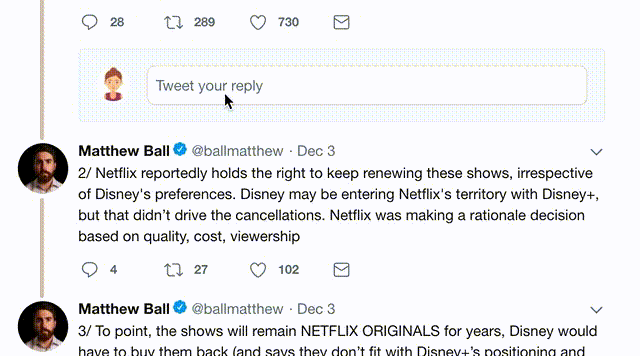He’s the best there is.
At this point, he seems to believe (perhaps understandably) that he’ll be saved again.
Certainly we’ve begun to expect it.
And now the Coens are going to make us identify.
And now the Coens are going to make us hope.
And now the Coens are going to make us care.
Bastards.
(Moving on...)
He says:
"This'll tell the tale."
/end



















































